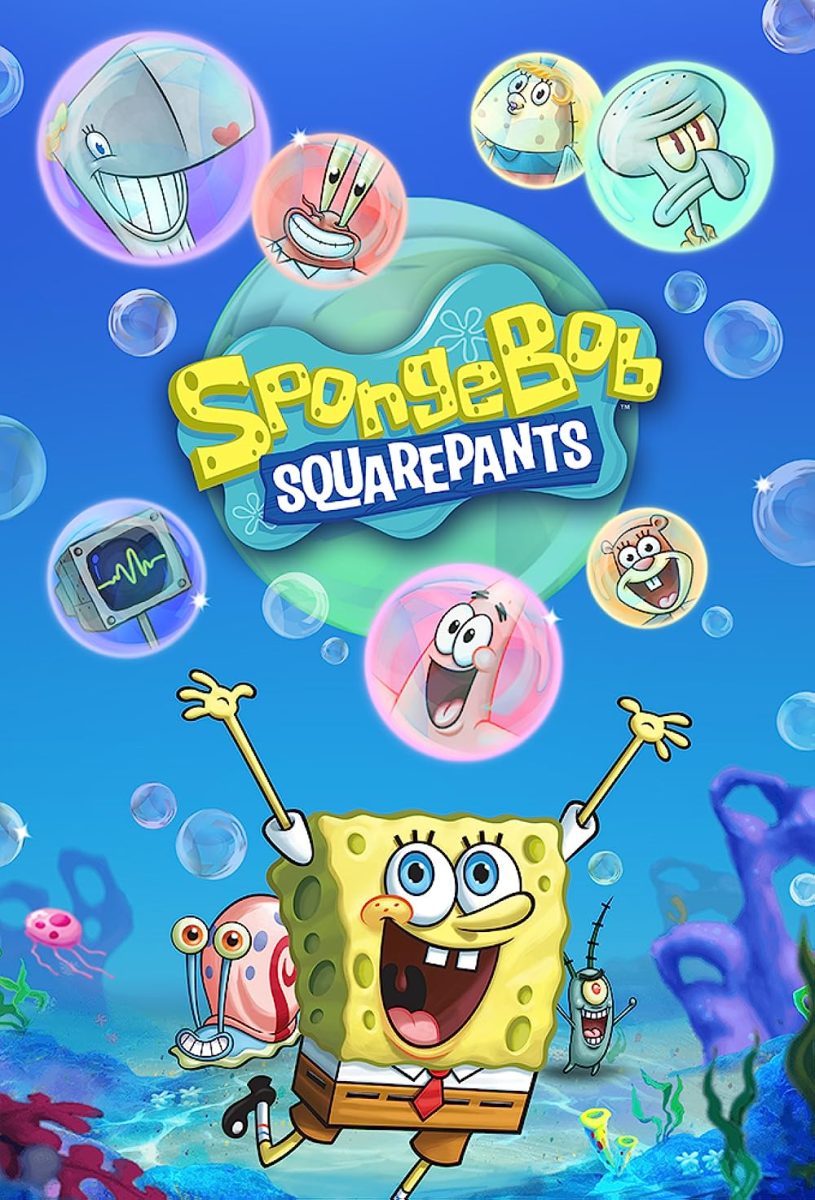The late 1990s were a golden age of cartoons in terms of both quantity and quality.
“Johnny Bravo,” “Rugrats,” “The Powerpuff Girls,” “Animaniacs” and so much more released during this period, all of them leaving a legacy for future cartoons to follow.
However, even with the iconic status these cartoons pose, no other cartoon from this era comes close to the iconic infamy of the cartoon that follows a square sponge living in a pineapple under the sea.
“SpongeBob SquarePants,” premiered July 17, 1999, is an American animated television series created by marine science educator and animator Stephen Hillenburg that airs on Nickelodeon. The series follows SpongeBob SquarePants (Tom Kenny) and his aquatic friends in the underwater city of Bikini Bottom.
The show has run for 14 seasons, with a 15th season currently in production, two spinoff shows, “Kamp Koral: SpongeBob’s Under Years” and “The Patrick Star Show,” three movies, “The SpongeBob SquarePants Movie,” “Sponge Out of Water” and “Sponge on the Run,” multiple video games and a musical.
I grew up with this show, as did many others, so for its 25th anniversary, I wanted to look back at this defining television show and not only look at its quality on its own, but also its impact on popular culture as a whole.
Who lives in a pineapple under the sea?
By far, the most iconic thing about “SpongeBob SquarePants” is its characters.
SpongeBob is an iconic goofball with a surprising amount of depth to him with his unbreakable positivity, incapability to pass a driving test and determination to his job at the Krusty Krab. Compare this to Squidward Tentacles (Rodger Bumpass) with his grumpy attitude, hatred of SpongeBob and “misunderstood” artistic abilities.
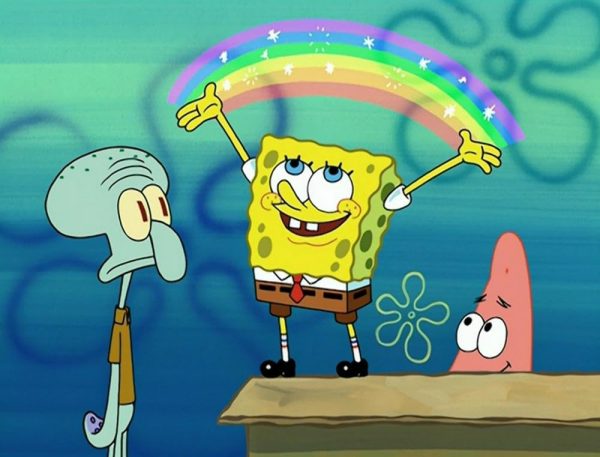
The show is full of characters who are simple yet have so many defining features: Patrick Star (Bill Fagerbakke) with his blissful ignorance, Mr. Krabs (Clancy Brown) with his greedy, cheapskate antics, Sandy Cheeks (Carolyn Lawrence) with her Texan toughness and Sheldon J. Plankton (Mr. Lawrence) with his college education and antics to steal the Krabby Patty secret formula.
Not only are all these characters notable but so are all the background and reoccurring side characters. Each episode is full of characters who make the world of this show feel much more lived in.
What Kind of Place is This?
“SpongeBob SquarePants” is able to take such a goofy premise for a world and flesh it out to its full potential.
Bikini Bottom is such a wacky location with a bunch of iconic set pieces. There is the neighborhood of Patrick, Squidward and SpongeBob, the Krusty Krab, the Chum Bucket, Mrs. Puff’s Boating School, Rock Bottom and so many other established locations the show explores. Sometimes, the show even explores the surface world, which devolves into its shenanigans due to the introduction of land animals and people.
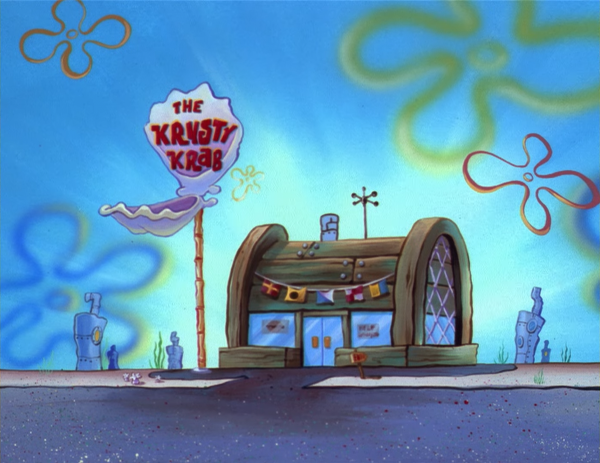
The show pushes the boundaries of what is possible in a city under the sea. It especially helps that nearly every item present in the show is themed for a population of fish people. Some of my favorite examples include cars being boats, pets being snails or worms and the housing being made of random garbage that falls into the ocean.
It is honestly impressive the lengths to which the show commits to its own rules for this world created, even if it is stretched to its fullest extent as the show has gone on. It is another aspect of this show that stands out to be as iconic as its characters.
My Leg!
With the cast of characters created and a location established, the only thing left to talk about is the writing. While I can’t talk about the more recent seasons, as I haven’t seen them, the early seasons of “SpongeBob SquarePants” have some of the best comedic writing for any cartoon ever made.
Right off the bat, the show establishes its comedic writing with the three-episode debut “Help Wanted,” “Reef Blowers” and “Tea at the Treedome.” All three of these episodes are classics in the series, as they all have excellent comedic writing for different reasons.
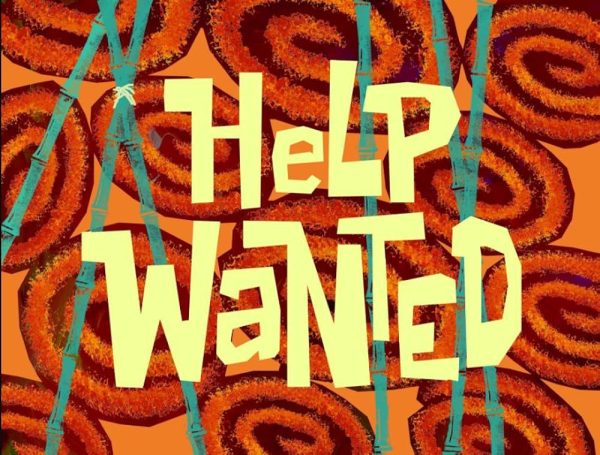
“Help Wanted” has SpongeBob getting his job at the Krusty Krab by saving Mr. Krabs and Squidward from ravenous anchovies, proving both of them wrong in the process. “Reef Blowers” is a brief, silent episode with SpongeBob fighting to clean his front yard with a bunch of excellent visual gags. “Tea at the Treedome” has some of the funniest dialogue in the whole show and is filled with hilarious situations as SpongeBob meets a new friend.
Other personal favorite episodes include “Plankton,” “Pizza Delivery,” “SB-129,” “Band Geeks,” “Wormy” and “Chocolate With Nuts.” All of these episodes have their own excellent comedic moments that build on the ideas of human nature. Some are really deep, philosophical ideas, and others are simple, goofy things people do.
Speaking of simple, goofy things, the recurring jokes in this show are absolutely hilarious. Some of my favorites are Plankton’s failures to steal the Krabby Patty secret formula, Mermaid Man screaming “Evil,” the random realistic close-up camera shots, the goofy soundtrack and the fish screaming, “My leg!”
This is only a fraction of the comedy the show possesses. Every episode has at least one scene or joke that is iconic, which is impressive, especially for a show that has been running for nearly 25 years.
Conclusion:
With the rise of internet culture, “SpongeBob SquarePants” has seen somewhat of a revival with its prevalence in meme culture.
Whether it be a clip, image or audio clip, there are thousands, if not millions, of memes that reference this show. It isn’t hard to see why, as its humor has aged incredibly well and thrived under the creation of short-form content. However, the introduction of meme culture has reminded me of how excellent and well-crafted a show “SpongeBob SquarePants” is.
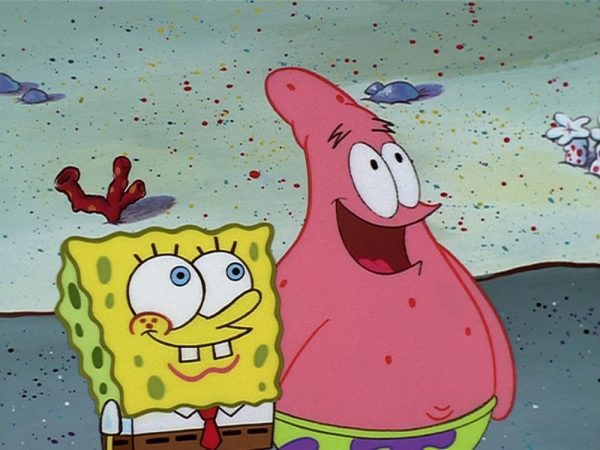
If I were to compare this show to anything, it would be “Looney Tunes.” It’s a cartoon show with a bunch of simple, recognizable characters and is filled with topical, goofy humor, which, for the most part, has aged pretty well.
This show left a massive impact on older generations and their sense of humor. My parents still reference this show and mention how much they love it, a sentiment I’m sure many people from my generation feel about “SpongeBob SquarePants.”
Just like “Looney Tunes,” “SpongeBob SquarePants” has held strong against the test of time due to its iconic characters, wonderful setting and genius comedic writing which has only continued to thrive in the age of internet meme culture. It’s amazing how a show about a sponge living in a pineapple under the sea was able to capture the hearts of millions of people over the years.
There will never be another show like “SpongeBob SquarePants,” but there doesn’t need to be, as this show continues to be the gift that keeps on giving a quarter century later.

